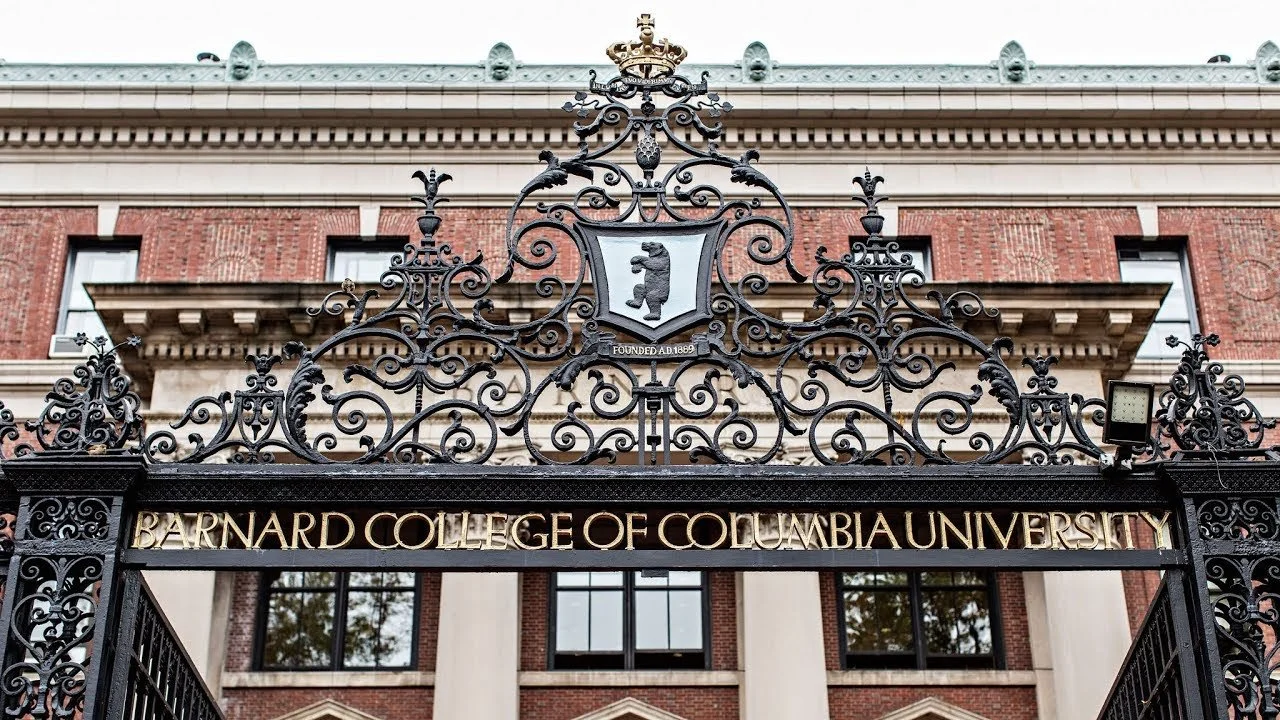A Successful Program to Boost Diversity in STEM Gains a Wealthy Ally and Second Home
/Oleksandr Berezko/shutterstock
A $6.9 million venture backed by the Chan Zuckerberg Initiative will bring a successful program to the University of California system that encourages underrepresented students to complete undergraduate and graduate degrees in science, technology, engineering and math. The program started at the University of Maryland-Baltimore County.
The California’s public university system acts as a feeder institution for lucrative tech jobs in Silicon Valley. That sector is growing, but the diversity of its workforce has lagged behind. The same is true for STEM professions more broadly. Nearly 70 percent of workers in STEM are white, 13 percent are Asian, 9 percent are African American and 7 percent are Latinx, according to Pew Research Center. Not only that, but black and Latinx workers in STEM are paid less on average than their peers.
One way to make the STEM workforce more representative of the general population is to ensure that the pool of applicants applying for those jobs is more diverse. To get employers to hire a more diverse workers, CZI is tackling inequities earlier in the talent pipeline.
CZI has done some work to support STEM education, but nothing quite on this scale. In 2018, CZI gave two gifts to support curriculum in math and sciences. That included a $1 million gift to Illustrative Mathematics to build out a free, open-source math curriculum for pre-K and an $800,000 grant to Unbound Ed to create middle school science and language arts curricula. The funder also put up $460,000 to support 100Kin10, a nonprofit aiming to train 100,000 STEM teachers by 2021.
This recent gift is the initiative’s most explicit move toward tackling the representation gap in STEM fields at the higher ed level.
Scaling Up a Promising Model
California’s public university system is a good place to start. The grant will help University of California-Berkeley and University of California-San Diego to replicate the successful Meyerhoff Scholar Program started at the University of Maryland-Baltimore County (UMBC).
Berkeley, in particular, has found success in graduating students who go on to earn advanced degrees in STEM, and placing alumni in Silicon Valley jobs. More students from the school get jobs in Silicon Valley than any other university. Berkeley also sends more students on to get Ph.D.s in STEM than any other school.
As members of the public University of California system, Cal and UC-San Diego also have track records of educating low-income and minority kids and putting them on a path toward economic mobility.
The new program imported from UMBC is intended to wed those two abilities. The Meyerhoff Scholars Program started in 1988 with a grant from Robert and Jane Meyerhoff. The couple was known for their philanthropic work in Baltimore. Robert was an MIT-trained engineer.
The program originally focused on encouraging African American men to pursue degrees in STEM, but shortly after, opened up to black women, and a few years later, to kids from all backgrounds who were committed to increasing representation of minorities in science and engineering.
Now, the program boasts more than 1,100 alumni. More than 300 alumni earned Ph.D.s, with another 300 currently enrolled in graduate programs. Students who participated in the program were more than five times as likely to graduate and be enrolled in a STEM Ph.D. or an MD/Ph.D. program than students who were accepted to the Meyerhoff Scholars, but instead attended a different university. Of the 281 students enrolled in the program now, nearly 70 percent are African American, 15 percent are white, 9 percent are Latinx and 8 percent are Asian.
CZI, UC-Berkeley and UC-San Diego hope that they can replicate Meyerhoff’s success through the new STEM Scholars program at Berkeley and expanding the PATHS STEM scholarship program at San Diego. The $6.9 million grant will support the program at the two campuses for five years. The grant will allow the schools to duplicate the Meyerhoff program’s outreach to high-achieving, underrepresented high school students, research experiences and team learning opportunities.
Of course, recruiting students is only half the battle. To be successful, the programs need to retain and graduate kids from underrepresented populations. To address that hurdle, the UCs will also import the Meyerhoff Scholar Program’s use of peer counseling, advising, family engagement and extra prep for students heading into freshman year.
The Berkeley program is projected to enroll from 100 to 120 students during the next five years. The funder hopes that, if successful, both programs could expand to other UC campuses.
The Big Picture
Major gifts to promote STEM on college campuses are a dime a dozen, lately. In 2018, Western State Colorado University scored an $80 million donation from Paul M. Rady, an oil tycoon, to open a computer science and engineering school. It was the largest gift in the school’s history.
The University of Wisconsin cleaned up last year, too, thanks to STEM. Richard Resch, the CPO of the office furniture manufacturer KP, donated $5 million to the university’s mechanical engineering program. The Wisconsin Public Service Foundation donated $1 million to support STEM education at the school. It was the biggest gift in the foundation’s history.
Related: All Demand is Local: Why Donors Remain Bullish on STEM Education
And in 2017, Paul Allen donated $40 million to start an endowment for the Paul G. Allen School of Computer Science and Engineering at the University of Washington.
Local demand from students and administrators is one reason that wealthy individuals are eager to give for STEM programs at their alma maters or offer a boost to local universities. Yet some caution that the projected growth of the STEM sector will not be able to accommodate the number of students graduating with degrees in those fields. The exception is computing, which is projected to see massive growth in the coming decades.
Tackling diversity in STEM adds another wrinkle to that dynamic, though. STEM has a real representation problem, which is made all the more troubling given the pathways to economic opportunity that these fields can provide. Though there’s no shortage of big gifts to boost STEM education at universities, a movement to encourage diversity in STEM is cultivating its own deep-pocketed friends.
First, tech companies and the philanthropists connected to them are part of a big push to make STEM, especially tech, more diverse by targeting the talent pipeline.
This makes sense. It’s those same companies that often get flack for hiring mostly white and Asian men, leaving out women, African Americans and Latinos. Ensuring there are more women and minorities getting into STEM in the first place is one way to make sure your workforce looks more like the general population.
Google, through its corporate giving, is deeply invested in increasing representation of women and minorities in STEM fields. Last summer, for example, the tech giant donated $1.5 million to support the University of Colorado Boulder’s global STEM education project. That gift included rent-free space for the National Center for Women and Information Technology, founded by the university to foster interest and opportunities in computing for women and girls.
The company has also worked with FemTech in Chicago--an incubator that fosters female tech entrepreneurs—and Girls Who Code.
Women are a major focus of Google’s corporate philanthropy, but not the only beneficiaries. In 2017, the company gave $1 million to Hidden Genius, a nonprofit that gets young black men and boys interested in STEM. The company’s RISE awards, which support the computer science education of girls, minorities and low-income kids, have been around since 2010.
Salesforce is another tech company that’s gotten into education in a big way with a focus on STEM. The company is a friend to its local school districts, and helped make the San Francisco Unified School District the first district in the country with a computer science curriculum for every grade. As a result, girls, low-income and minority students are far more likely to take computer science in K-12 schools.
Outside of tech circles, the A. James and Alice B. Clark Foundation is quietly emerging as one of the biggest champions of diversity in STEM. The Maryland-based foundation takes its name from A. James Clark and his wife. The couple’s wealth came from James’ D.C.-based construction company.
The foundation supports students at several top engineering programs through scholarships, mostly in the mid-Atlantic region, with the intention of increasing the number of women, Latinx and African American students studying engineering.
Related:







































